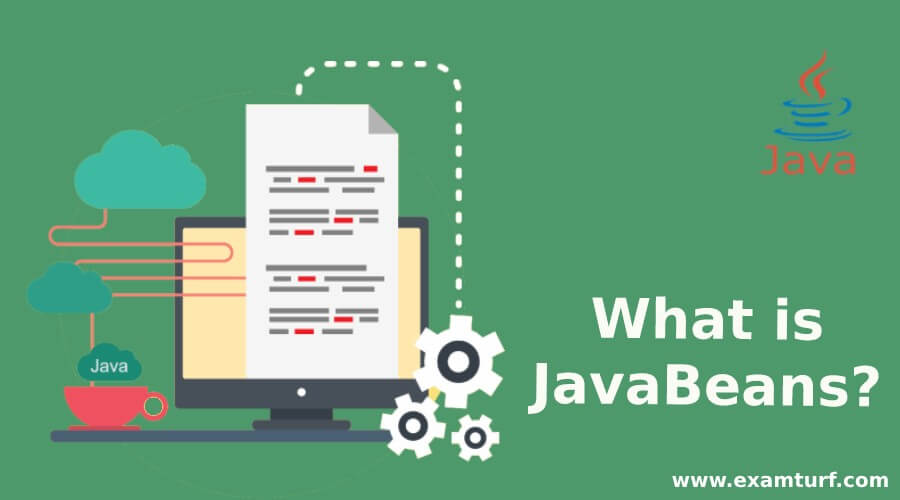Introduction to JavaBeans
Sun Microsystems founded JavaBeans in 1996. On the Java platform, JavaBeans is called classes, and it is designed so that it can be reusable in different environments. As you will go further, you will learn more about it.
Now, let us understand that,
Table of contents
What are JavaBeans?
It is a software application on a Java platform that is platform-independent. It is portable, and its components are called beans. You can convert data structures or objects into a particular format that can be stored, transmitted, and reconstructed later by the user, which can be termed serialization. It has a zero-argument constructor, and you can access JavaBeans properties using getter and setter methods. It can be manipulated visually using an application builder tool. It can encapsulate different objects into a single thing. And the maintenance of this software is easy.

Conventions of JavaBeans
While considering JavaBeans, you must follow some conventions:
1. Several Conventions
- A default constructor (no arguments) is a must for JavaBeans.
- Serialization
- getter and setter methods
Using the persistence feature, one can save the current state of a Bean. It can interact with the help of the EventObject EventListener model. The customization property will give you a step-by-step guide to using the component in a particular way.
2. Components
Components are the class that stores the definition of beans. Classes contain design conventions. It includes persistence, events, properties, and methods. It consists of two types of components i.e., Non-GUI and GUI.
3. Classes
- Persistence: With the help of this class, you can store the state of JavaBean.
- Events: It is pretty alike to Swing event handling.
- Properties: It includes color, display, font, etc. It will also show the appearance and behavior of the bean and many more.
- Methods: You will find it exactly like the normal java methods.
4. Components can be in the following mode
- write-only mode
- read or write mode
- read-only mode
Uses
- You can create and design any component.
- As it is reusable software, one can use it in any environment.
- It contains different functions like spelling correction and forecasting the stock market one can perform several functions.
- It also comes with a property of visible or invisible. The end-user can see it or maybe can’t see it. It can work autonomously.
- It is also capable of showing a pie chart.
- JavaBeans has interactive capabilities that can provide support to a web-based application.
- It is user-friendly and system-friendly also. One can run JavaBeans on any operating system.
- One can run JavaBeans in several applications like word processors, browsers, and many more.
- Instead of writing custom components, you can use UI elements like graphical buttons, trees, and many more.
Advantages
- The best thing about Java beans is that you have to write code only once and can run anywhere.
- You can work on several local platforms.
- The developer can control properties, methods, and events.
- At design time, a user can configure JavaBeans without any disturbance.
- It can easily be created. It is easy to write JavaBean. JavaBeans are light in weight. You don’t have to make the extra effort to create a suitable environment to support JavaBean.
- JavaBeans are compatible in nature.
Conclusion
This article gives you comprehensive information on JavaBeans. If it is used effectively, it will give the best results. Database and technology like relational database and ActiveX, one can use JavaBeans with them. It is user-friendly software and can be written easily. One can reuse this software in any environment.
Recommended Articles
This is a guide to What are JavaBeans? Here we discuss an overview of JavaBeans, its Conventions, uses, and various advantages. You may also have a look at the following articles to learn more–
